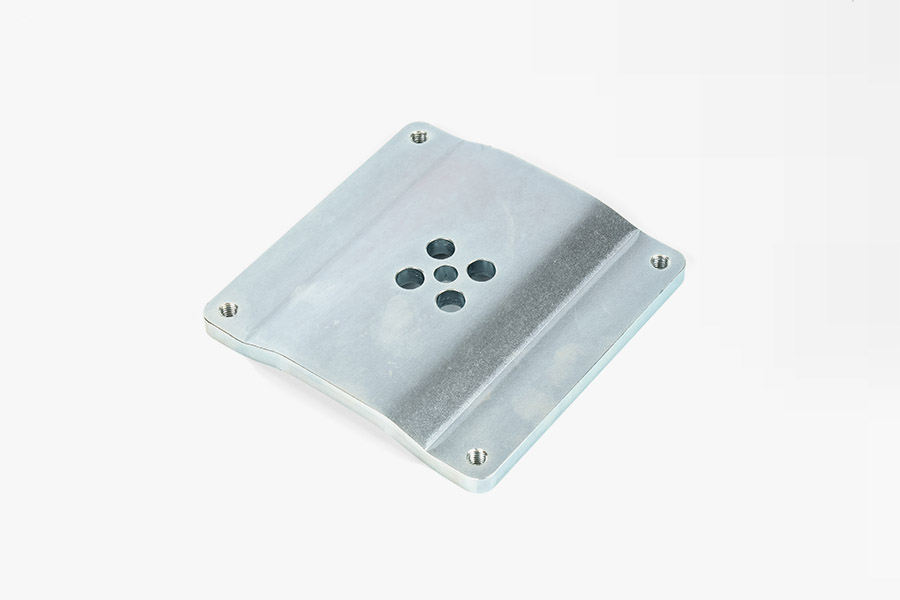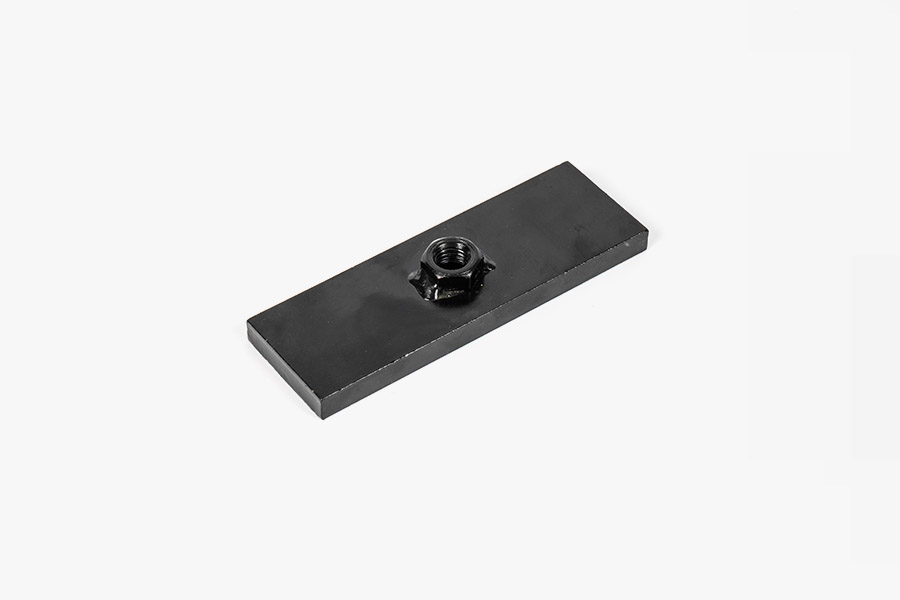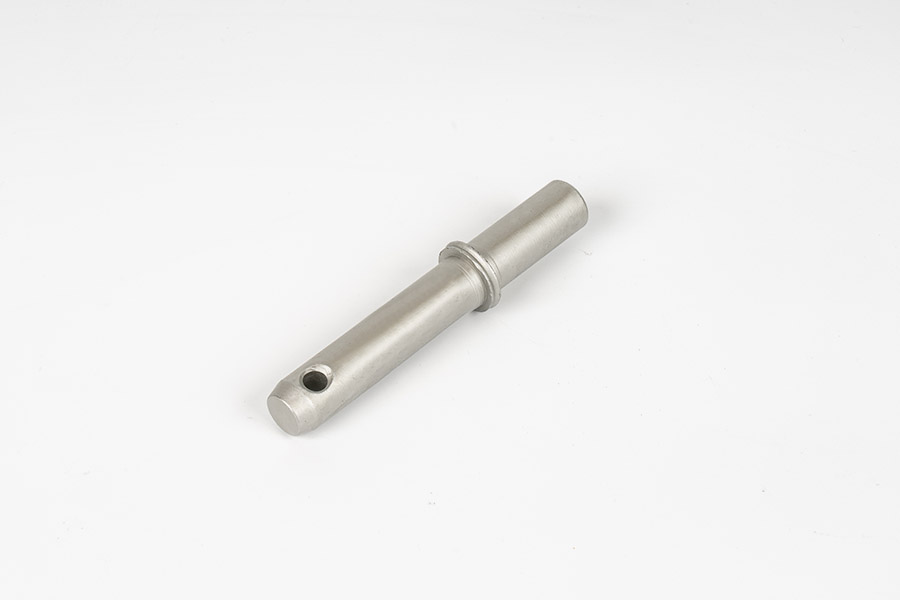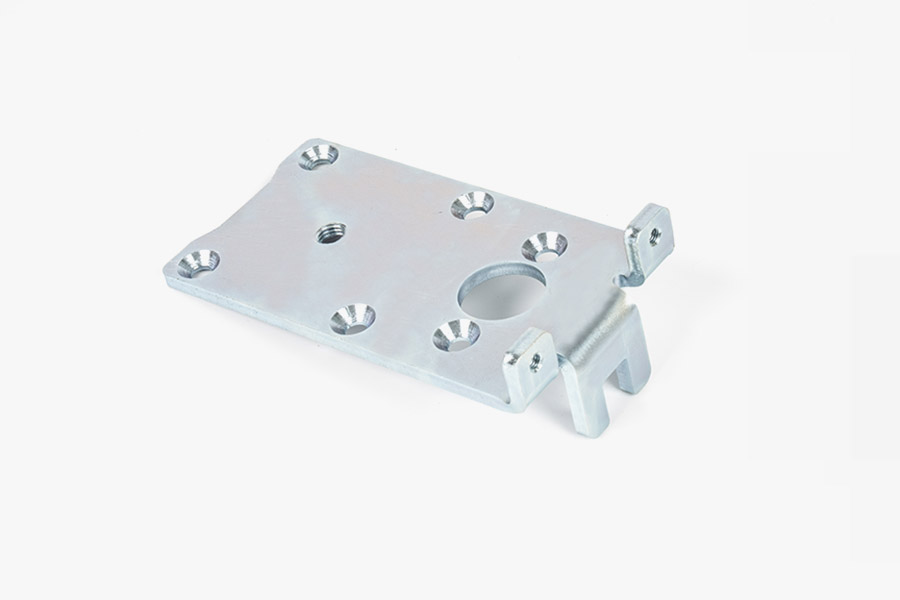Full analysis of sheet metal parts manufacturing process and multi-industry application
 2025.06.17
2025.06.17
 Industry News
Industry News
Full analysis of sheet metal processing process
Sheet metal parts manufacturing is an indispensable and important link in modern industrial production. Its core lies in transforming metal flat materials into parts with various shapes and functions through a series of efficient and precise processes. These parts are widely used in many industries such as automobiles, electronics, aviation, mechanical equipment, etc., supporting the sustainable development and technological innovation of modern manufacturing. Below, we will analyze in detail the main process links and key technical advantages of sheet metal parts manufacturing.
The cutting process is the starting point of sheet metal processing and a key step in determining the initial shape and size of parts. Modern sheet metal manufacturing mostly uses advanced technologies such as laser cutting, water jet cutting and plasma cutting. Laser cutting uses high-energy laser beams to melt, vaporize and blow away metal sheets, which can achieve extremely high cutting accuracy and delicate incision quality, and the heat-affected zone is extremely small, effectively reducing material deformation and internal stress, and is particularly suitable for making precision parts with complex contours and fine structures. Water jet cutting uses high-pressure water flow to carry abrasives for cold cutting, avoiding the influence of high temperature on material properties, and is suitable for cutting heat-sensitive or composite materials. Plasma cutting is suitable for the initial forming of thicker plates due to its fast cutting speed and wide application range. Diversified cutting technologies provide flexible options for sheet metal parts manufacturing, ensuring that different materials and design requirements can be met.
The bending process is an important step in transforming flat metal sheets into three-dimensional structures. The use of CNC bending machines with professional molds can achieve precise forming at multiple angles and multiple bending radii. The CNC system controls the bending angle and position through a preset program to ensure that the size of each bend is accurate and highly repeatable. By reasonably designing the bending process and sequence, the overall dimensional stability and mechanical properties of the parts are guaranteed to avoid material cracking and deformation. In addition, the design of the mold also plays a decisive role. Different elastic moduli and thicknesses of different materials require different types of molds to ensure that the edges of the parts are neat and undamaged after bending. Efficient bending technology not only improves the structural strength of sheet metal parts, but also provides a good foundation for subsequent assembly.
The assembly process combines multiple single parts into a fully functional component or device, covering a variety of technologies such as welding, riveting, and gluing. As the most common connection method, welding provides a connection effect with high strength and good sealing. Commonly used welding methods include spot welding, arc welding, laser welding, etc., which are suitable for different material types and thicknesses. Riveting is suitable for connection occasions that are sensitive to heat or have high structural requirements, and has the advantages of being fast and low cost. Adhesive technology performs well when special properties such as corrosion protection, electrical insulation or shock absorption are required. A variety of assembly methods can meet the design requirements of different products and achieve effective integration of mechanical properties and functions.
Through the close cooperation of the three major processes of cutting, bending and assembly, sheet metal parts manufacturing can not only meet the complex and changing design requirements of products, but also ensure the dimensional accuracy and structural stability of parts, and ultimately improve the performance and quality of finished products. The refined process flow and the widespread application of modern automation equipment have greatly improved production efficiency and consistency, making sheet metal parts increasingly important in modern manufacturing.
Wide application of sheet metal parts
Sheet metal parts have become the basic components of many industries due to their flexible processing capabilities and excellent mechanical properties:
Automobile manufacturing: Sheet metal parts are widely used in automobile body structures, chassis, interior frames and other parts. Precision sheet metal processing not only ensures the safety and lightweight of vehicles, but also helps improve fuel efficiency and ride comfort.
Aerospace: Aircraft and spacecraft have extremely high requirements for the strength and lightweight of structural parts. High-precision sheet metal parts meet the needs of combining complex curved surfaces with high strength, which is the key to ensuring flight safety and performance.
Electronic equipment: From mobile phone shells to server chassis, sheet metal parts provide stable structural support and electromagnetic shielding for electronic products, ensuring the safe operation and heat dissipation efficiency of electronic components.
Construction engineering: In building electromechanical equipment, curtain wall systems and decoration projects, sheet metal parts have become an important element to improve the quality and aesthetics of buildings with their excellent processing flexibility and weather resistance.

 Eng
Eng  中文简体
中文简体









